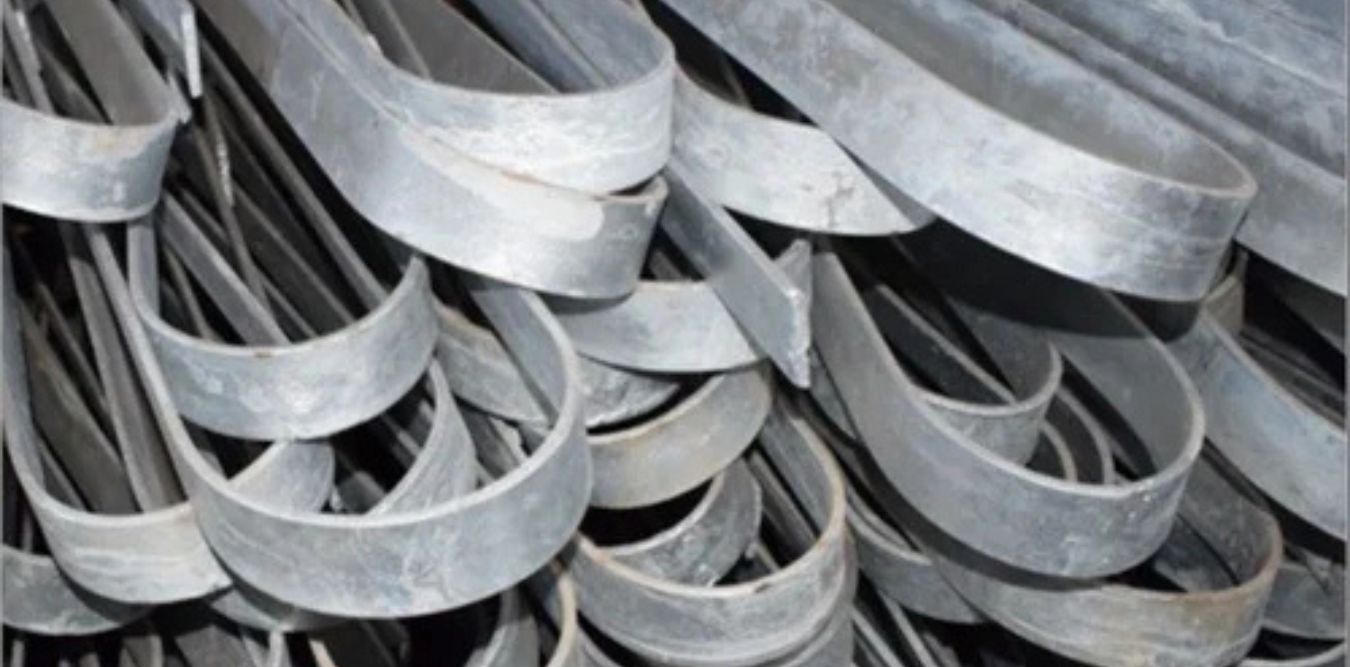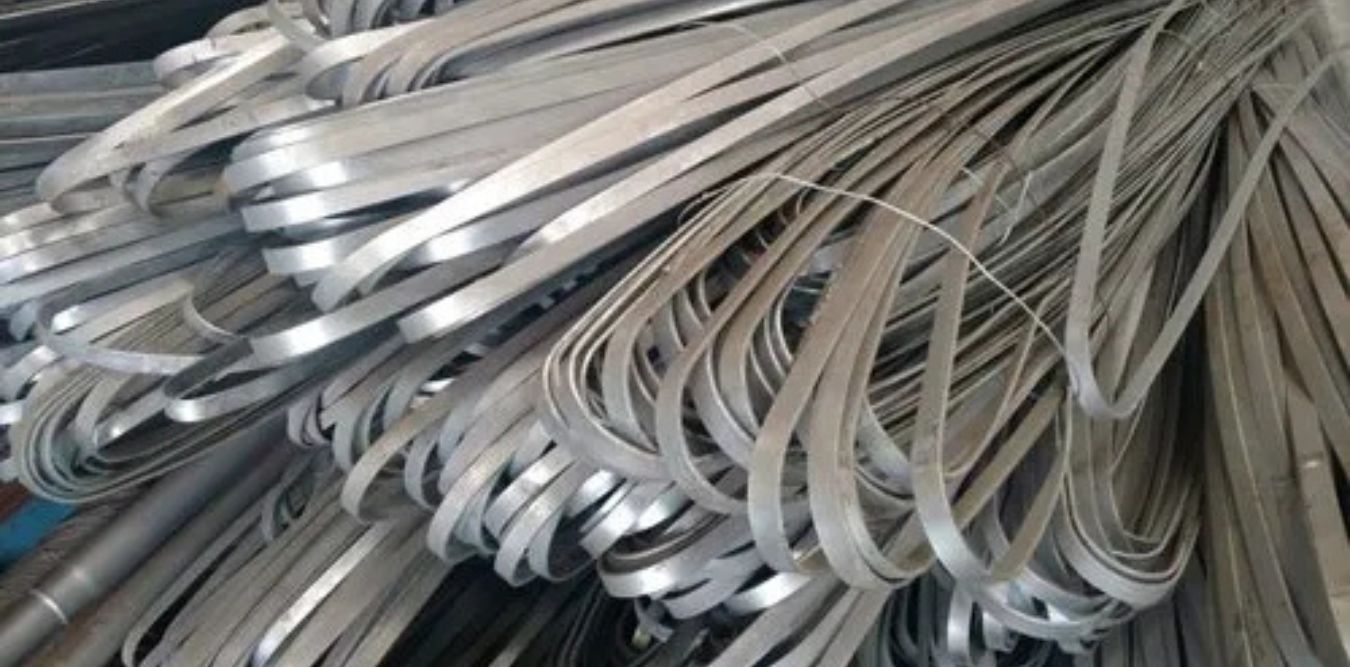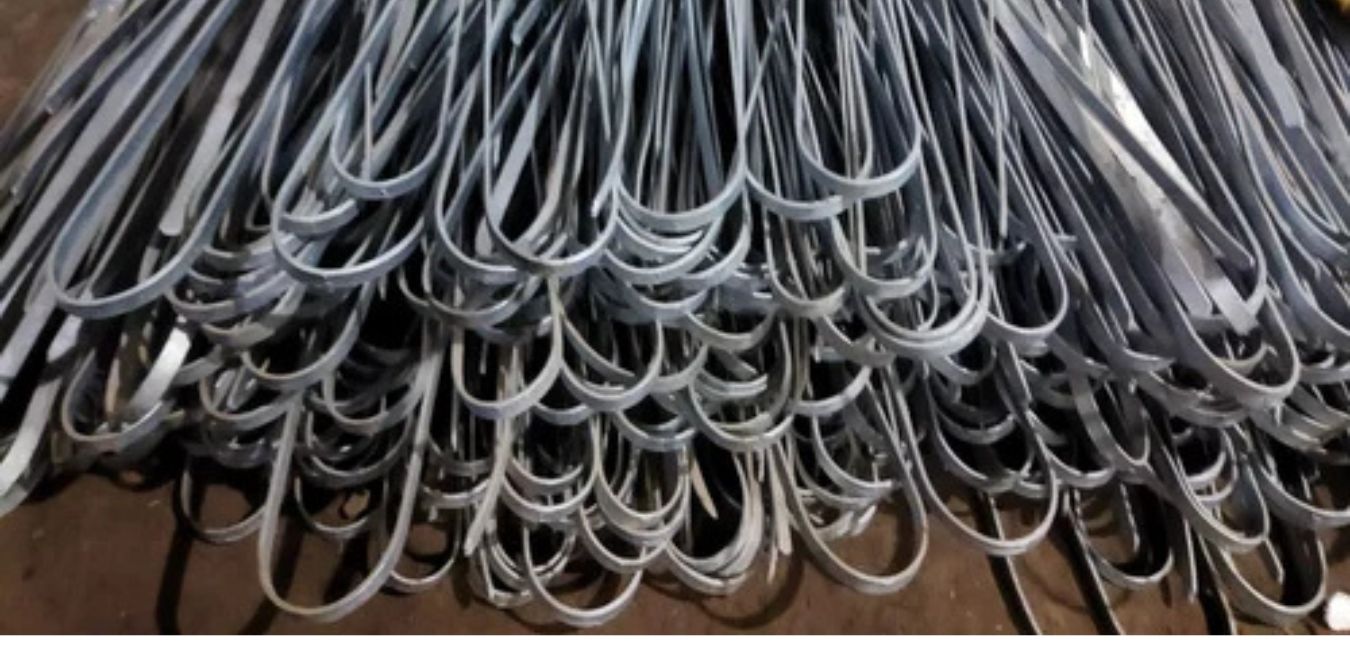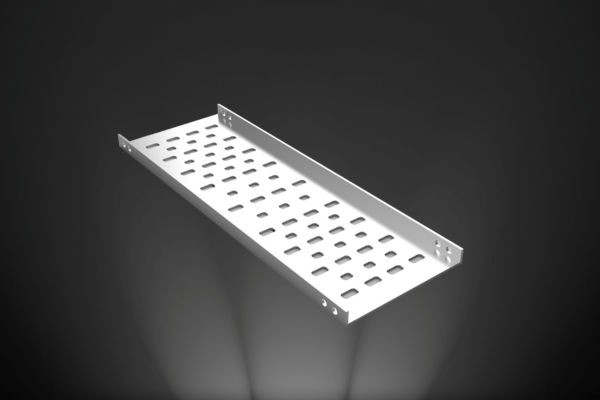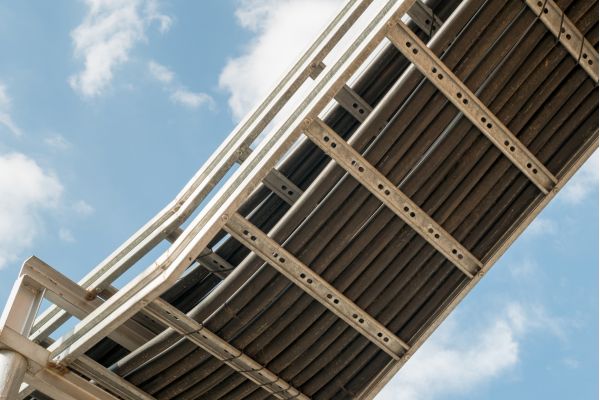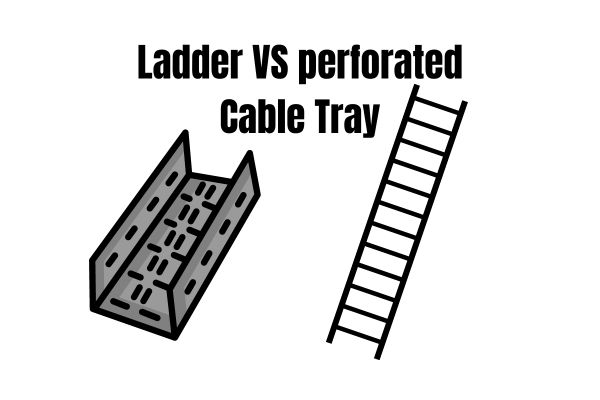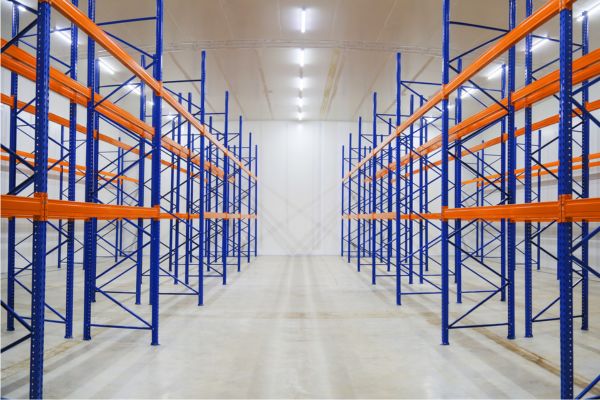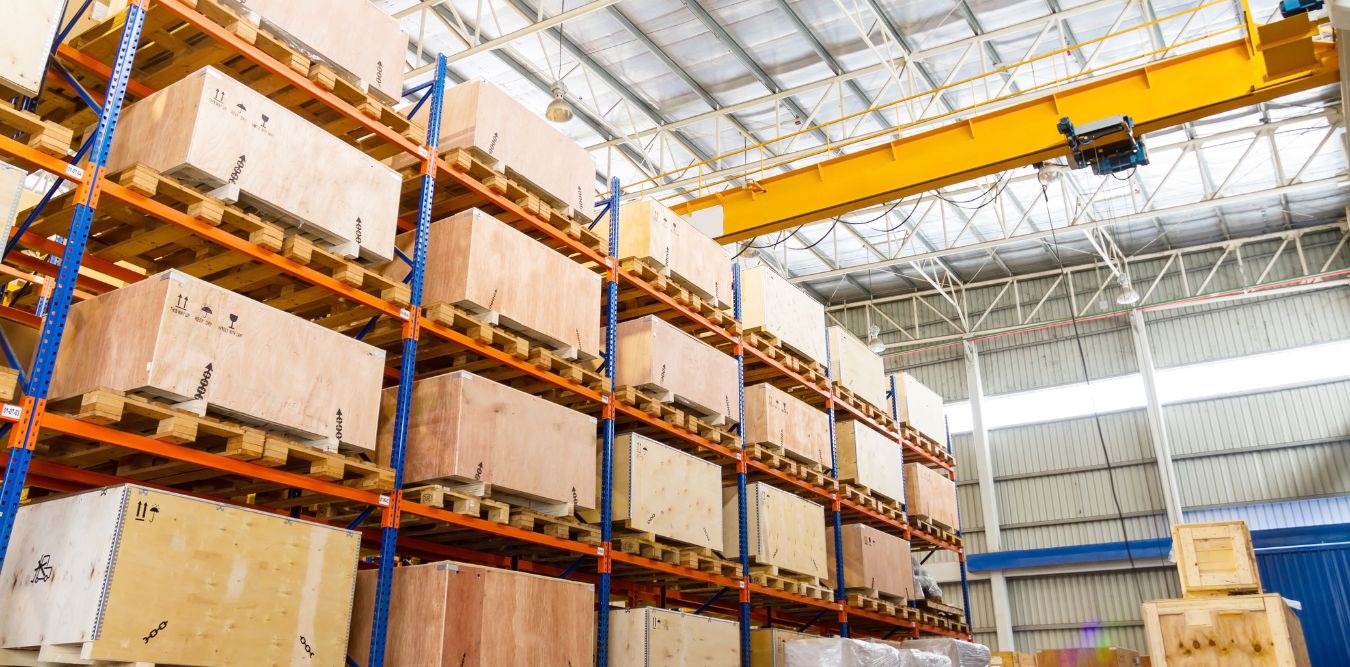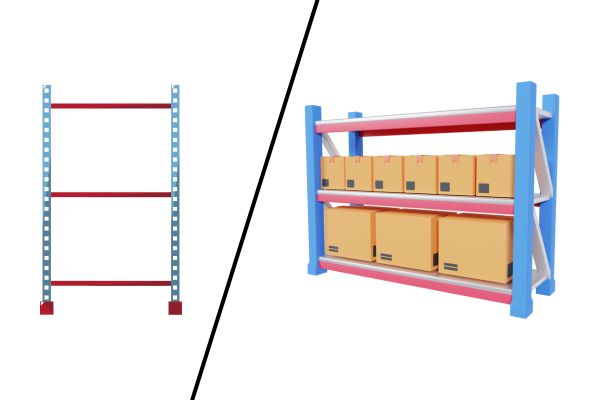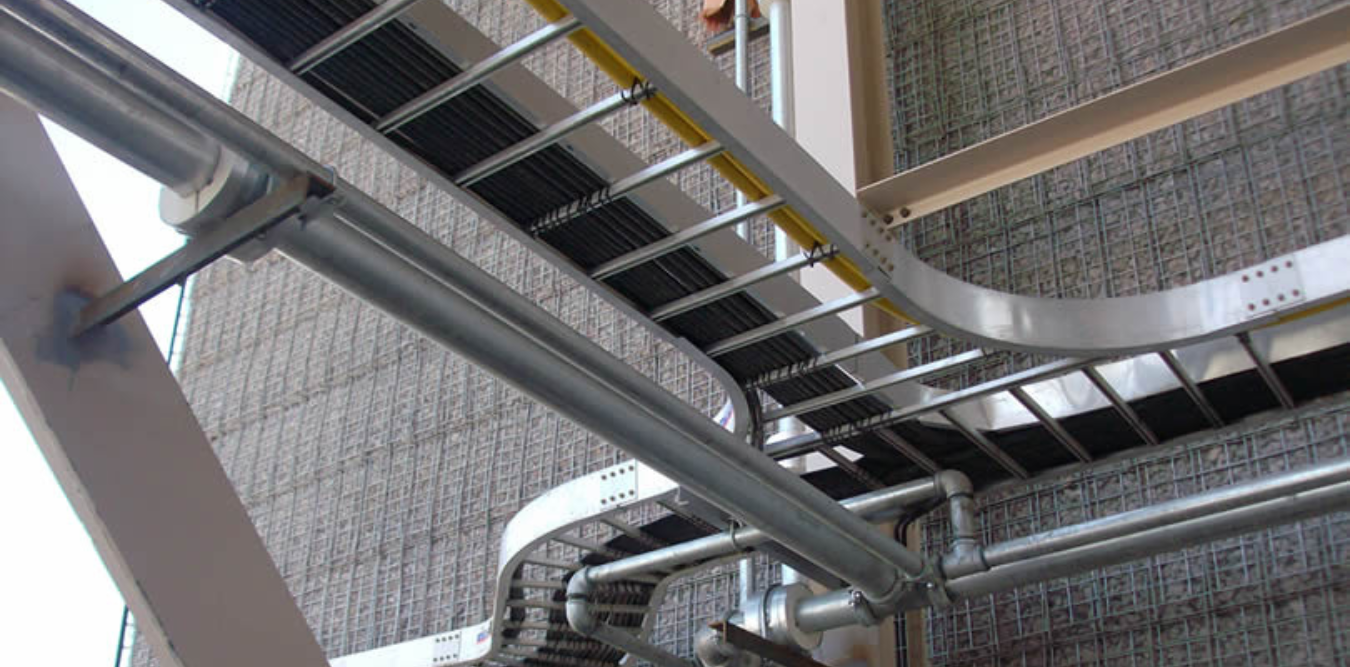Introduction
In electrical systems, earthing strips also called grounding strips or strip earth play a vital role. These crucial components ensure safety by offering a low-resistance path for fault currents, effectively grounding electrical installations.
This comprehensive article helps you to get into the various types of earthing strips, elucidating their significance, potential applications, and the advantages they offer.


